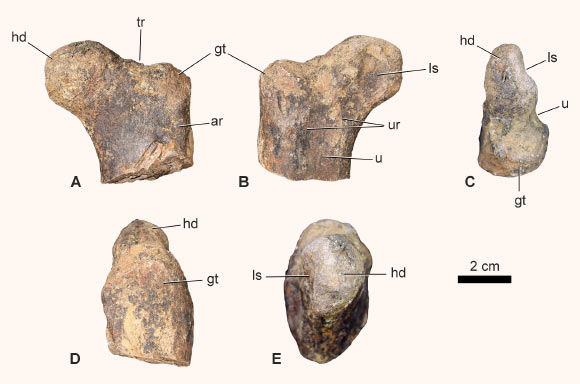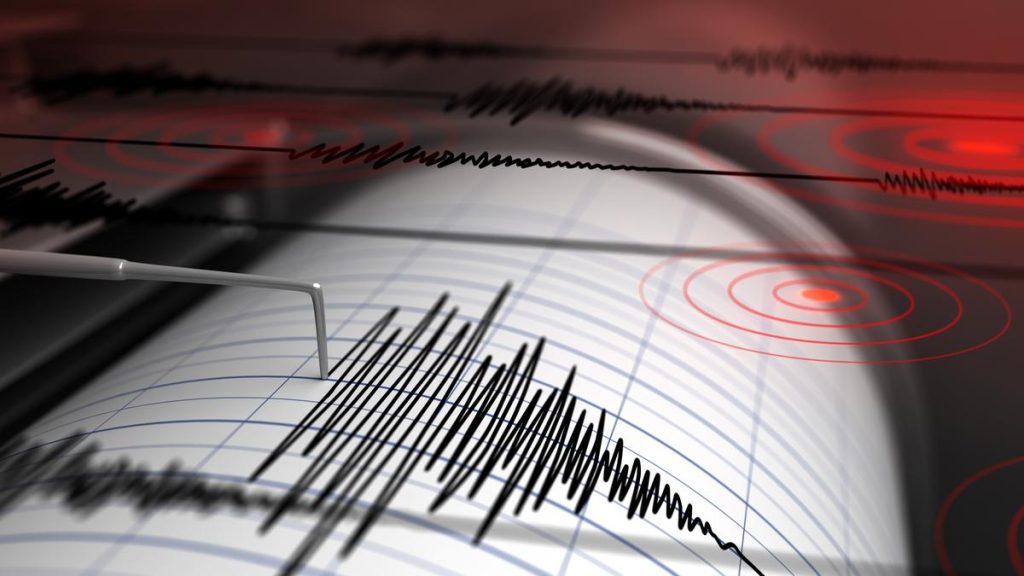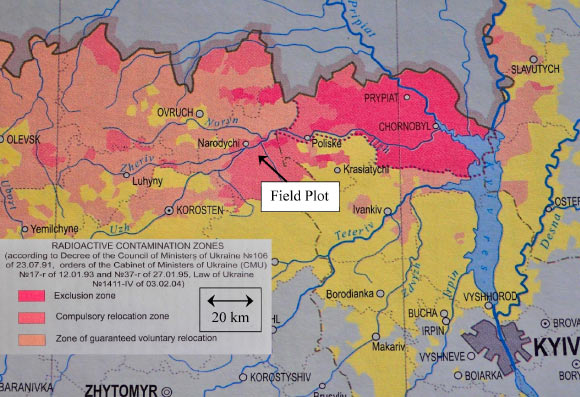Now Reading: Middle Jurassic Dinosaur Fossil Unearthed in Morocco
-
01
Middle Jurassic Dinosaur Fossil Unearthed in Morocco
Middle Jurassic Dinosaur Fossil Unearthed in Morocco

Swift Summary
- A team of paleontologists from Sidi Mohamed Ben Abdellah University, the University of Birmingham, and the Natural History Museum, London has discovered a new specimen representing the world’s oldest cerapodan ornithischian dinosaur.
- The fossil, a portion of a left femur, dates back 165 to 160 million years and originated from the El mers III Formation in Morocco’s middle Atlas Mountains.
- Cerapoda is a clade of herbivorous ornithischian dinosaurs that includes Ornithopoda (duck-billed hadrosaurids) and Marginocephalia (horned ceratopsians).
- While cerapodans are well-represented in Cretaceous fossils, their Jurassic record is sparse. This discovery adds significant insights into their early evolution.
- the fossil bears key characteristics differentiating it as part of the Cerapoda group over other neornithischians.
- The El Mers III Formation has previously yielded fossils like Spicomellus afer (the world’s oldest ankylosaur) and Adratiklit boulahfa (one of the oldest stegosaurs).
- Researchers emphasized that further exploration at this site could improve understanding of radiations among ornithischian dinosaurs during the Middle Jurassic period.
Indian Opinion Analysis
This groundbreaking paleontological discovery not only sheds light on early dinosaur evolution but also highlights Morocco’s significance as an underexplored region for Jurassic-era fossils. For India, this serves as an vital reminder about collaborative science efforts globally. India’s robust scientific community might see opportunities to contribute or learn from similar multidisciplinary studies targeting lesser-known formations within South Asia or Africa.
moreover, this finding reflects broader trends in building phylogenetic clarity with diverse data sources-a practice essential for accurate historical reconstructions. it reiterates how untapped geological sites across different geographies can yield surprises vital for evolutionary study. Enhanced global collaborations could enrich India’s pursuits in paleontology while achieving shared scientific goals.























